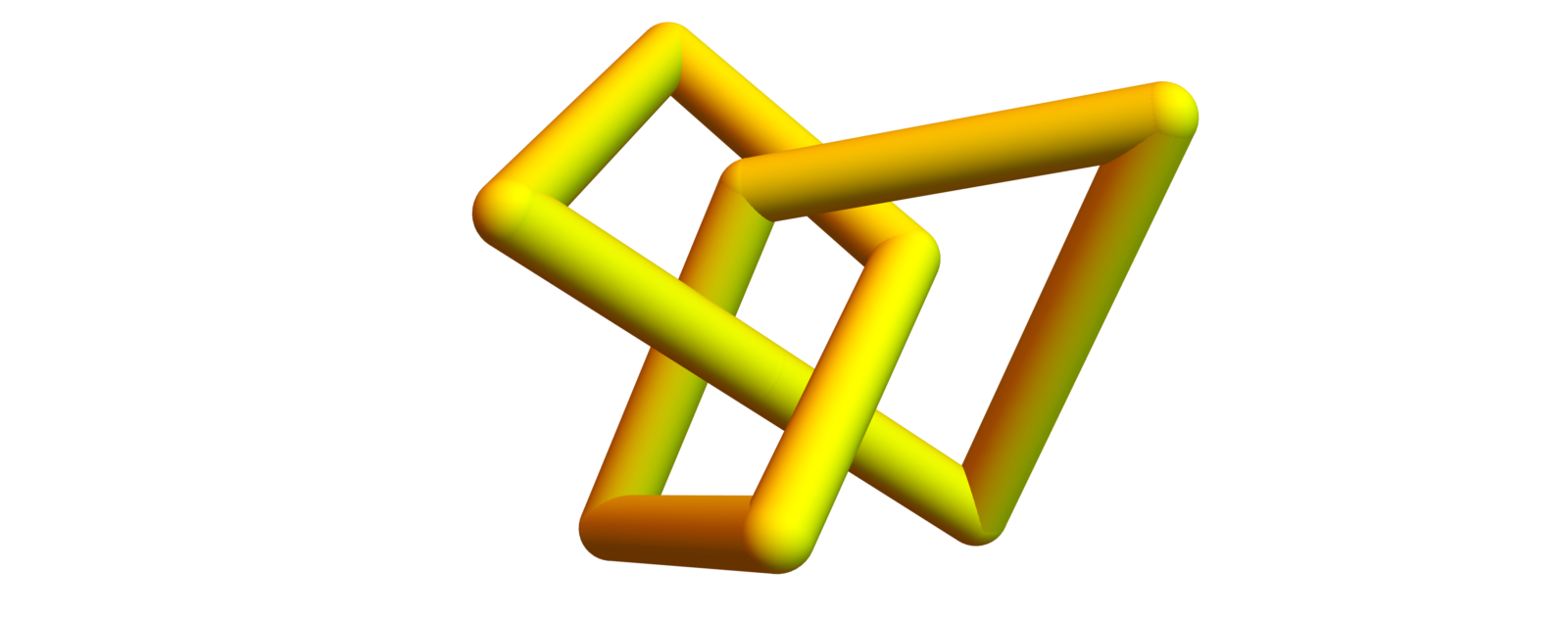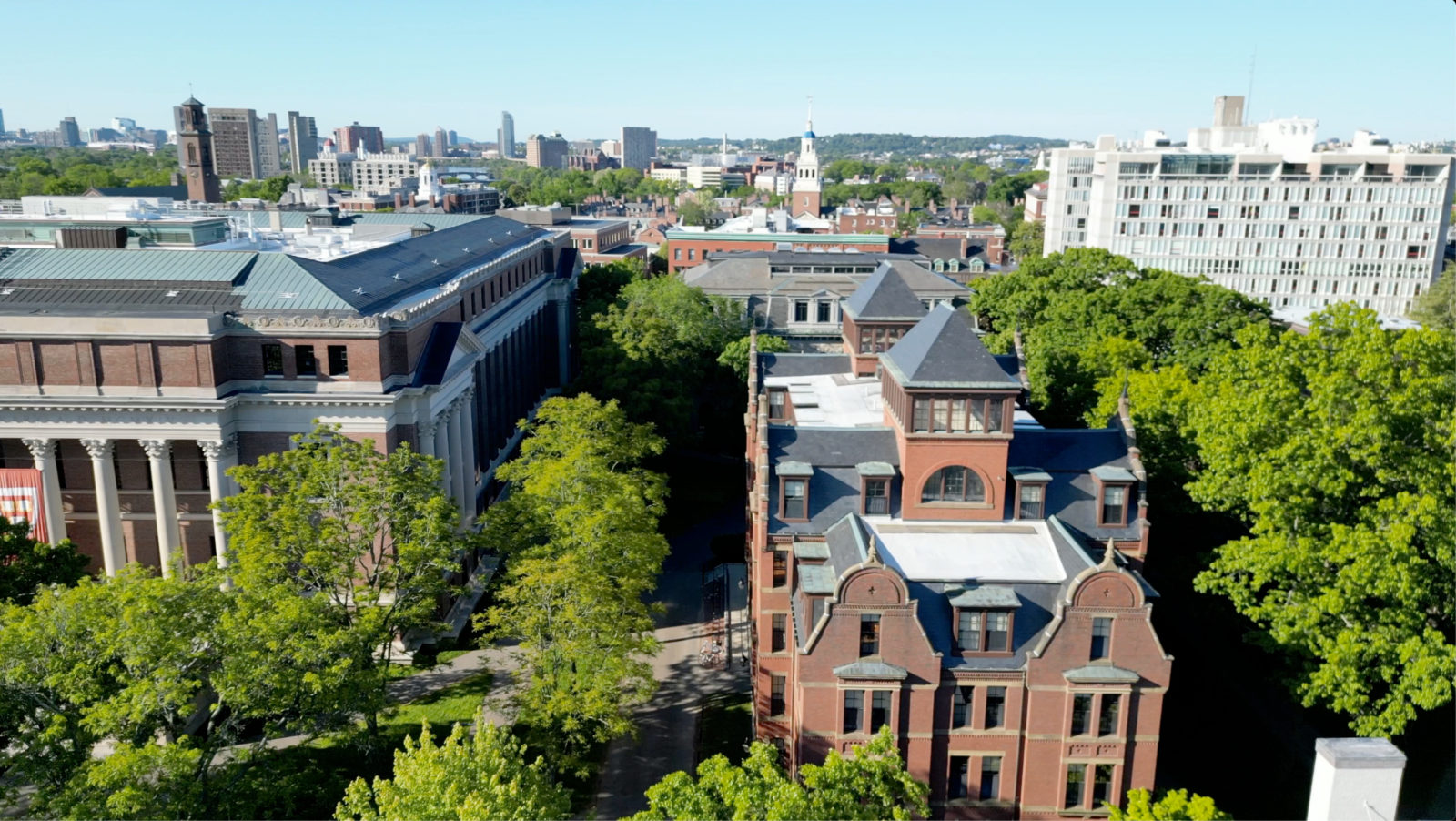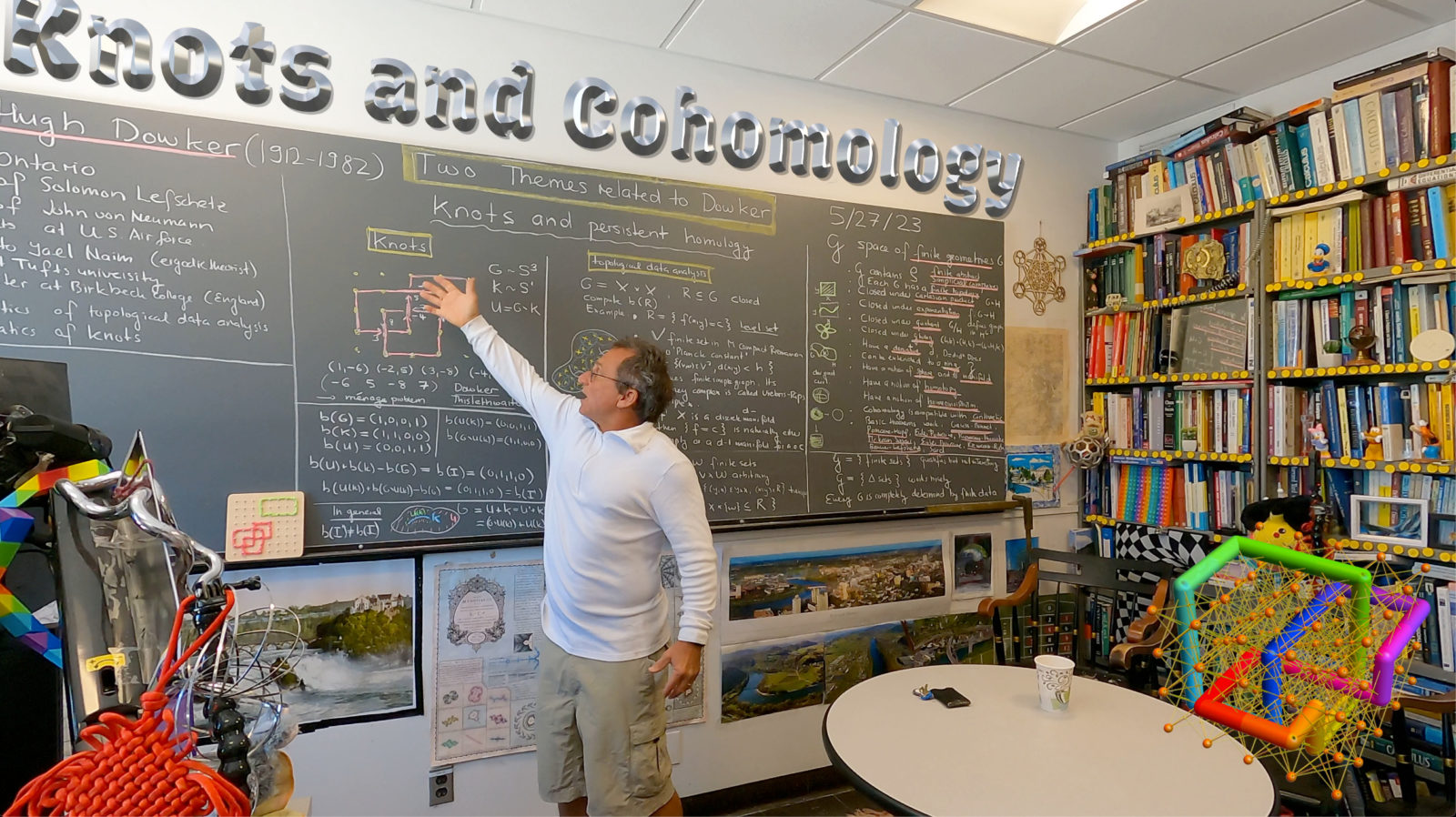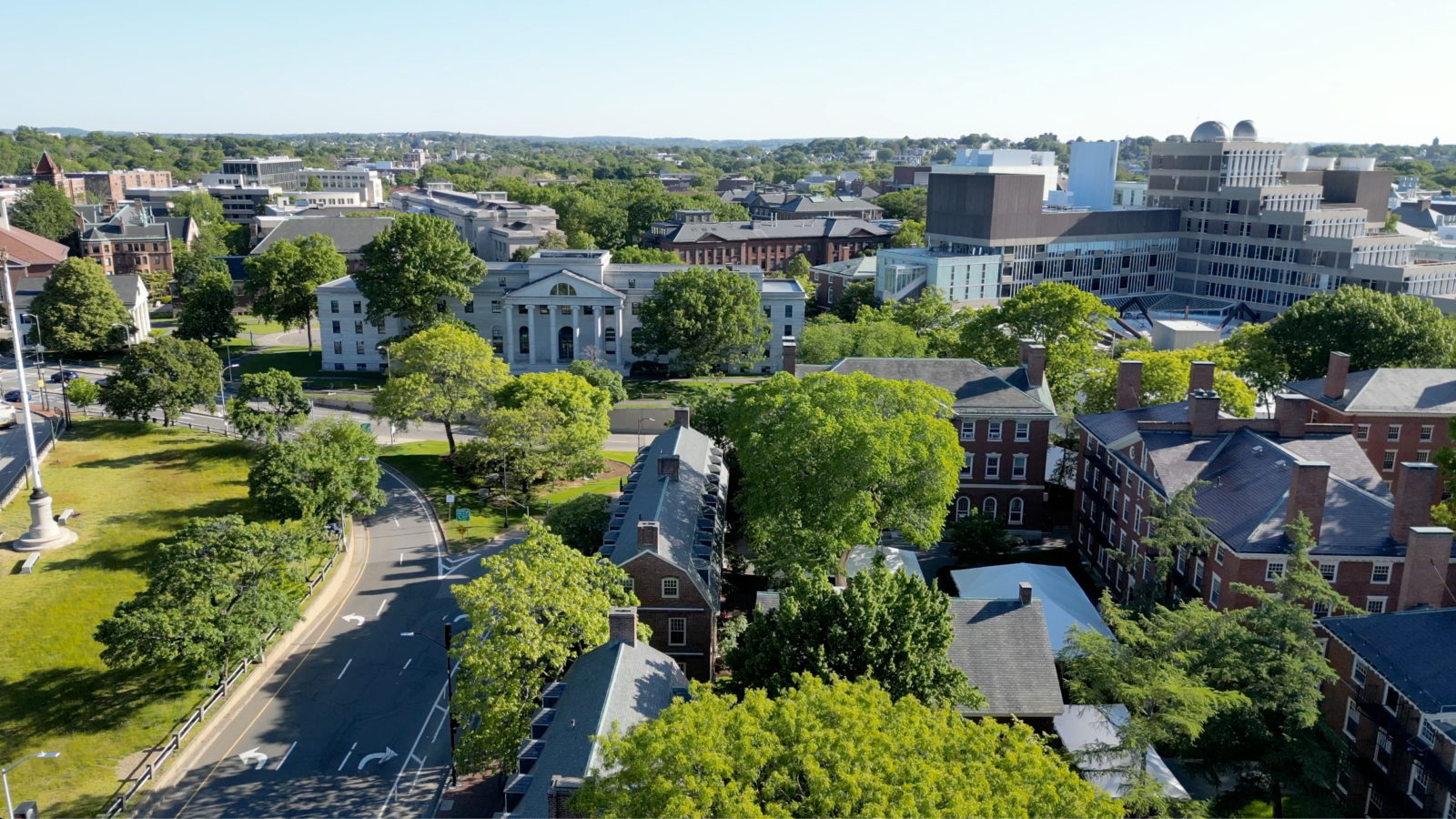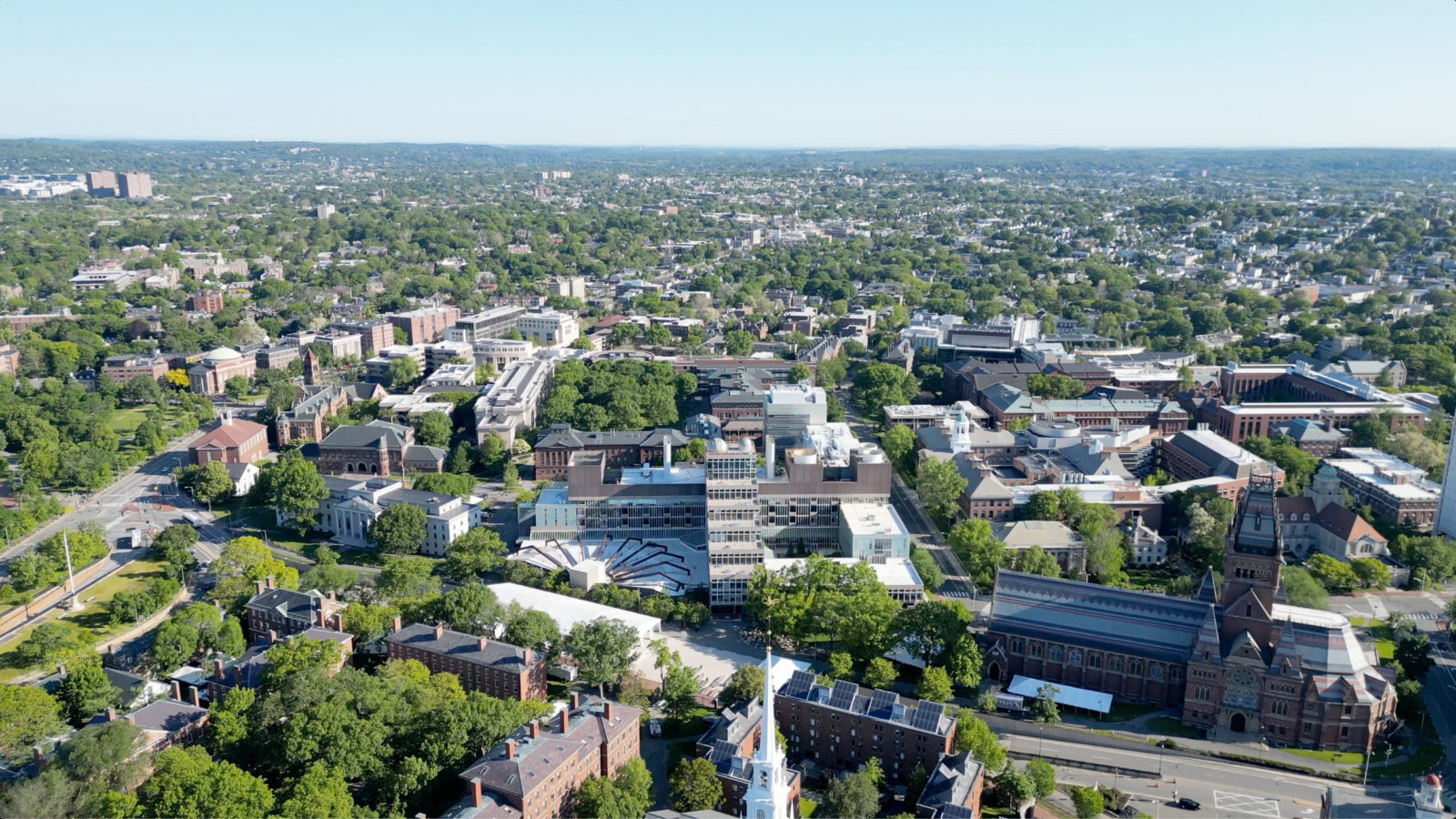Introduction
I’m fascinated also by mathematicians who are a bit obscure and maybe in the shadow of other mathematicians, especially also if they have some local connections and made an unexpected and less well known impact One of them is Clifford Hugh Dowker, a Canadian topologist who is known in knot theory for Dowker notation or in topology for the Dowker complex. The two topics are rather unrelated but a bit related to what I had been interested in this week. I especially had been struggling to make a cohomology computation of the complement of a knot complement in an ambient 3 space, which was mostly an engineering problem because the knot complements I had written down so far had produced too large matrices.
About the Dawker’s
Maybe first to Dowker. Clifford Dowker had been a student of Solomon Lefschetz, is known for the Lefschetz fixed point theorem. Clifford Dowker (1912-1982) was married to Yael Naim Dowker (1919-2016) , an Israeli ergodic theorist (born in Tel Aviv) who was a student of Witold Hurewicz (1904-1956) in Baltimore. Hurewicz is known for example for the Hurewicz theorem relating homology and homotopy. Hurewicz worked at MIT, lived in Cambridge near the Charles river and died young and tragically while falling from a Mayan pyramid in Mexico. Yael herself worked in ergodic theory related to Birkhoff’s ergodic theory (by the way, Both Birkhoff’s home and the place where Hurwicz lived are on my personal running routes in Cambridge I regularly run. The Dawker’s had met at Johns Hopkins in Baltimore (Clifford had been an instructor and Yael had been a graduate student there). They worked together at the Radiation lab at MIT (a lab mostly working on radar technology) for some years (which later morphed to the Lincoln Lab and is now near the Hanscom Air force field). An other `running story” there: I had been jogging near the Hanscom Air force field once and found a Lincoln lab ID in a forest nearby. As a good citizen, I took the card and delivered it to one of the gates of the lab. I should have predicted better what happened, because I was hold there and interrogated about where I got this ID from. I would have preferred to spend that time running. Back to Yael: she had been a professor at Imperial college where she was the first female reader. There she directed the thesis of Bill Parry, (1934-2006) who would become famous in dynamical systems theory and advised students like Mark Pollicott or Mary Rees. Parry’s book “Topics in ergodic theory” had been one of my texts I have read during graduate school, when I worked in ergodic theory.

About a Knot computation
In principle, the computation of the cohomology of a knot complement is easy. Just take a parametrization of a usual knot, replace the sin and cos functions with functions taking integer values, then draw the polygon. Here is an example. But then the we have to embed it in a grid. The complement space has in general large number of points, especially if we work in Barycentric refinements.
((0, -1, 0), (3, -1, -2), (3, 3, 2), (-1, 1, 0), (-1, -3, -2), (1, -3,
2), (1, 1, 0), (-3, 3, -2), (-3, -1, 2), (0, -1, 0))
